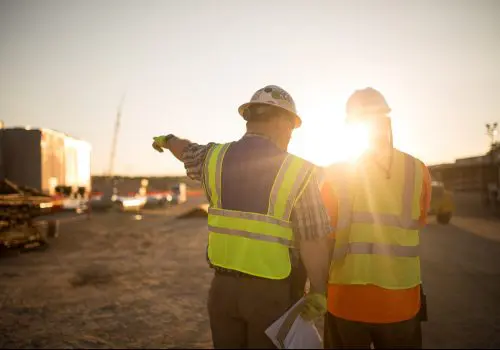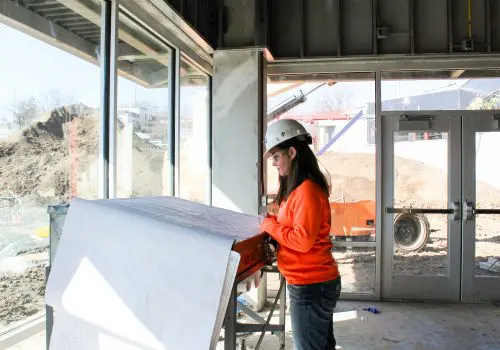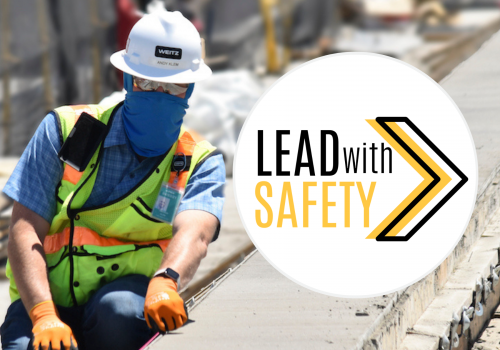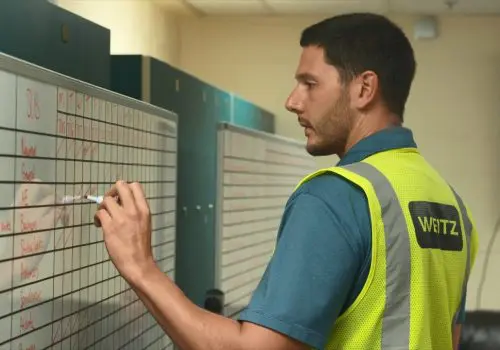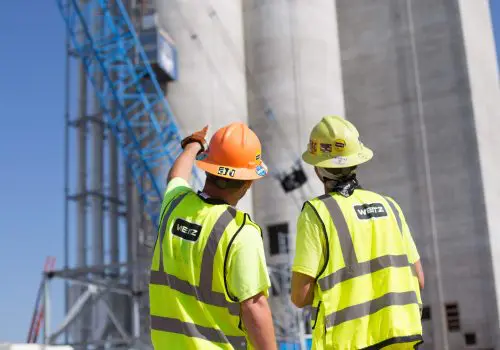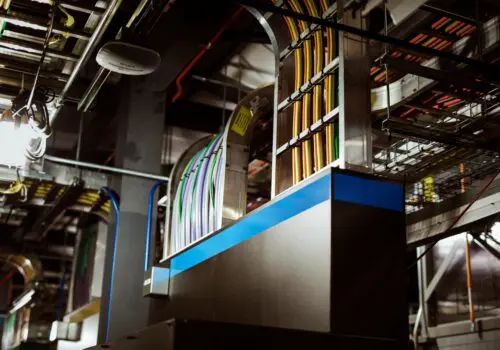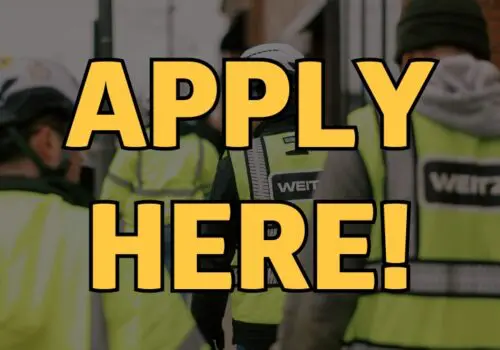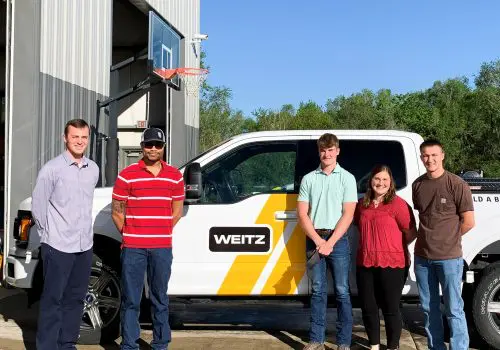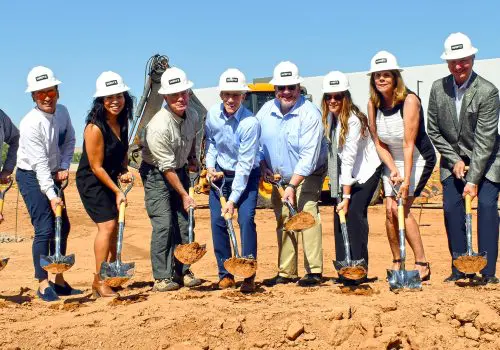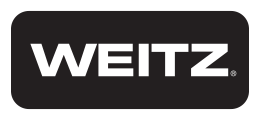The Weitz Company Leads The New Year With Safety by Requiring Safety Helmets to Replace Hard Hats on All Jobsites
As of February 1, 2023, all Weitz employees are required to wear approved safety helmets as the company fully transitions away from hard hats
The traditional hard hat was first created by E.D. Bullard Company, a U.S. mining equipment company, and has been a jobsite staple for over 100 years. Over the decades following its invention, the hard hat would evolve and gain popularity as the United States construction business boomed in the early 1900s. In the 1930s, the Hoover Dam, and many other prominent U.S. building projects and railroads, became the first projects to mandate the use of hard hats, cementing its place as an essential safety tool and universal symbol of the industry.
Another evolution of the hard hat has emerged recently, as industry leaders in construction transition to safety helmets for additional safety benefits. The Weitz Company has a longstanding commitment to Lead With Safety, and was proud to announce a companywide transition to safety helmets, effective as of February 1, 2023. From this date onward, every employee on Weitz jobsites across the country was issued, and required to wear, the new safety helmet. Additionally, all bid solicitations now include the requirement for Weitz trade partners to wear approved safety helmets on all new projects from this date onward.
The safety benefits between safety helmets and hard hats are undeniable. Safety helmets utilize a chin strap to keep helmets securely in place, a vital feature in the event of a fall that can mean the difference between a near-miss and an injury on site. Additional features include added front, side, and back protection, and shorter brims for better visibility. These clear advantages have proven to positively impact overall jobsite safety.
“The transition to safety helmets across our jobsites is transformative to overall jobsite safety. Safety helmets take jobsite head protection to the next level, ensuring our workers can complete their work with confidence and security.”
Nick Anderson, Safety Manager for Weitz National
Another notable difference between the traditional hard hat and safety helmets is the cost per helmet, which can be more than double the cost of a traditional hard hat. With over 1,200 employees, the switch to safety helmets was a true investment and reinforces Weitz’s ongoing commitment to placing safety over cost. The price difference between safety helmets and hard hats may be a barrier many companies face in committing to a similar transition.
The Weitz Company understands the importance of integrating frequent equipment and process updates. In addition to the safety helmet transition, the company has been utilizing wearable safety technology MakUSafe across jobsites in recent years to help identify jobsite hazards before an accident can occur.
At Weitz, the Lead With Safety motto goes beyond the jobsite, to span across the company, from executives to jobsite personnel. No matter the job title, each decision is made with safety in mind and reflects The Weitz Company’s commitment to build a safer construction industry.
